Keep ahead of the threat
Stay up to date with the latest mycotoxin information by signing up to our newsletter
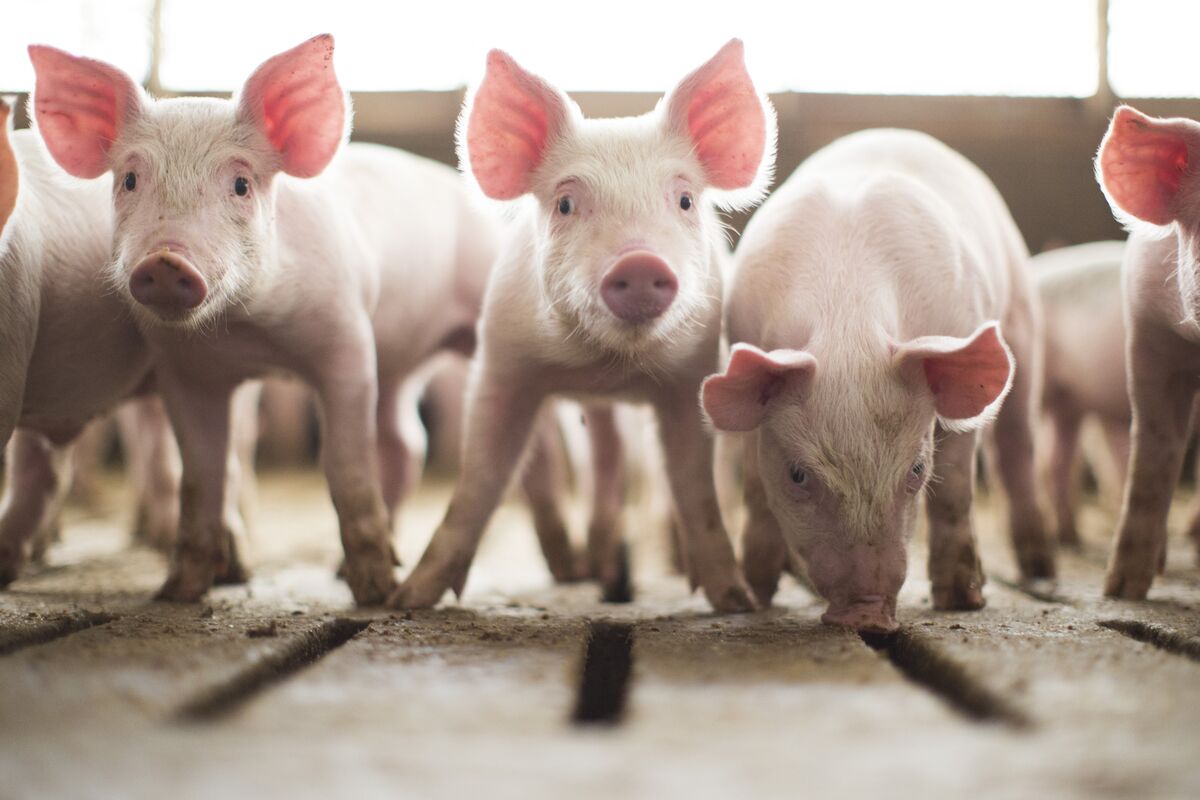
The mycotoxin threat to pigs
Pigs are recognised as being one of the most sensitive species when it comes to the impact of mycotoxins. Both the type and concentration of mycotoxin(s) in feed, the species type, age and phase of production of the pig determines the degree to which animals are affected. Young pigs and breeding sows/boars are generally the most susceptible to mycotoxins.
Mycotoxin contamination, even at low levels in feed reduces performance in growing and breeding pigs, affects their immune and health status and in acute cases can lead to increased mortality levels. Additionally, irreversible tissue damage can occur that will compromise performance long after mycotoxins have been removed from the feed.
Zearalenone is often seen as the mycotoxin that can lead to the biggest challenges in pig production, and mainly causes estrogenic effects in pigs. In pregnant sows, zearalenone has been found to increases the occurrence of abortions and stillbirths. Zearalenone contaminated feed can also induce swelling and reddening of the vulva and lead to false heats and false pregnancy.
How do mycotoxins affect pigs
Mycotoxins mainly exert their effects through the following mechanisms:
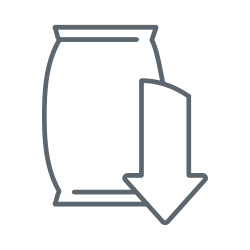
Feed intake reduction or feed refusal
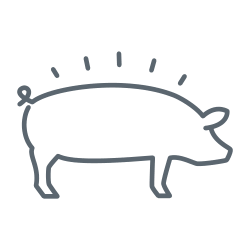
Reduced growth performance
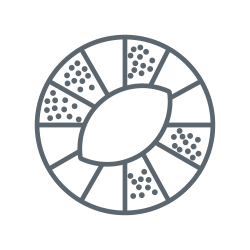
Compromised fertility

Suppression of the immune system

Damage to internal organs
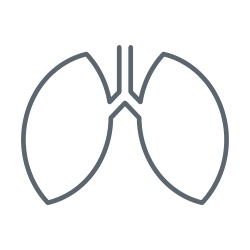
Respiratory difficulty
How much can mycotoxins cost sow and gilt producers?
Average REQ for global finished feed for swine for Q1/Q2 (REQ average for sows = 144).

1.13 decrease in number of piglets born alive/litter (range: -2.2 to -0.5)

7.75% increase in number of piglets born dead/litter (range: 6.4% to 9.1%)

$33.09 decrease net return/sow/year (range: 0 to $53.66)
Healthy swine herds contribute to a profitable swine business. However, swine farmers globally face many challenges each day in trying to achieve these objectives. Mycotoxins are one such challenge, with ongoing research revealing their true prevalence.
Dietary and bedding challenges
Certain types of feeding and housing systems have increased the need for control of mycotoxicoses in pigs. In addition to the typical risk from dry feed manufactured with contaminated ingredients, liquid or wet feeding systems can also introduce a significant mycotoxin challenge. Pigs are also exposed to mycotoxins in their bedding and the use of straw for welfare reasons in many developing countries has only increased the threat.
Did you know?
Liquid or wet feeding systems can introduce a significant mycotoxin challenge in pig production systems. It is important to employ strict hygiene procedures to minimise the presence of mycotoxins within mixer tanks, feed lines and troughs.
Even with regular cleaning, be aware that mycotoxins are extremely resilient and can survive in the bio-films of feed lines and equipment for significant periods. Do not recycle the wastewater after the system has been cleaned as this will only re-introduce mycotoxins into the system.







